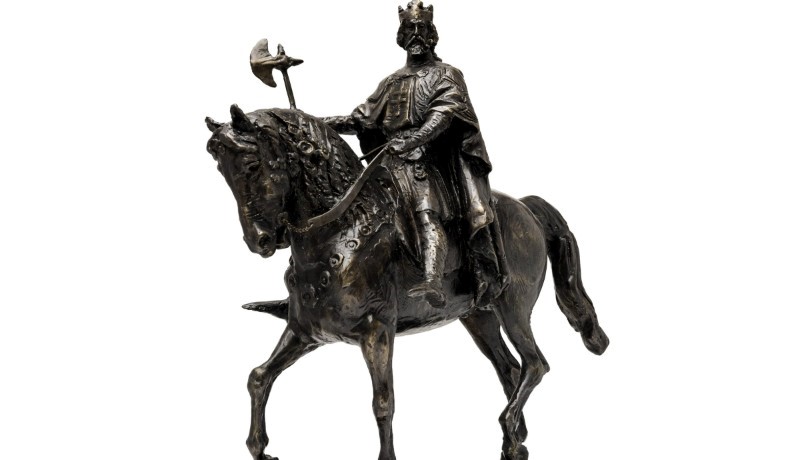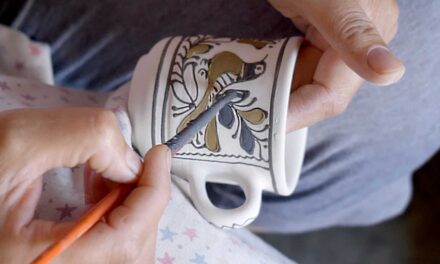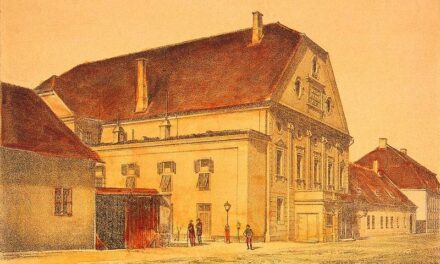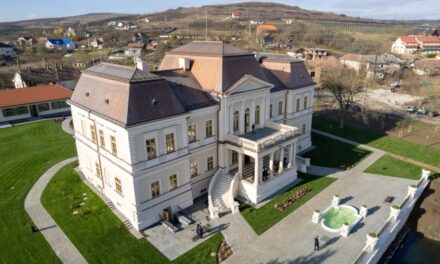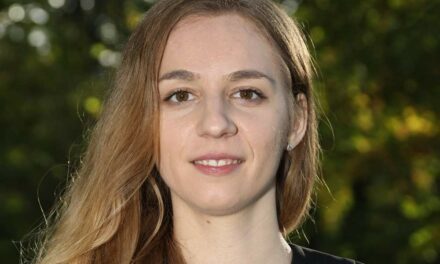It is true, not in the main square of the city, as many requested, but in the castle, but this is still great news. They can be inaugurated within a few months. - can be read on the Főtér portal.
Until almost a decade ago, only a narrow alley next to the station bore the name of the city's founder, Szent László. After the local Hungarian community demanded more and more loudly the inauguration of a new public statue, which was a good opportunity for the renovation of Szent László tér (officially known as Egyesúles tér) and the removal of the statue of Voivode Mihály enthroned there, it was achieved that the central bridge was named after Szent László away. The municipality collected eight thousand signatures in one fell swoop (that's how many people signed the petition for the statue), but it showed some willingness to compromise by naming the bridge.
In the meantime, the castle, which was renovated with EU funding, became one of the city's most attractive tourist attractions, which they have been trying to fill with life and content ever since. Its exciting history, which is becoming more and more widely known, the curiosities of the former royal tombs, and the important archaeological discoveries made during the renovation may have contributed to the fact that, according to the municipality, placing a statue of St. László there is a good idea.
In 2017, the Roman Catholic Bishopric of Várad started mobilizing to cover the financial costs of a bronze statue in 2017, as part of the Memorial Year of St. László, and as Bishop László Böcskei said at a press conference on Friday, many people supported the cause, not only Catholics, but not only members of the local Hungarian community. They organized brick-and-mortar collections, but the Varadinum Foundation and the Gábor Bethlen Fund also financed its creation.
The statue is the work of sculptor Árpád Deák, and the municipality undertook the costs of transporting it from the foundry in Zimándújfalu, setting it up and the pedestal. The bishop reminded that there was already a statue in the castle in the 14th century, in the same place where the statue now cast in bronze was imagined to be placed. He expressed hope that the whole community will feel that it belongs to them and that it will become an important part of the city's cultural heritage.
Mayor Florin Birta, who was present at the press conference, emphasized the multiculturalism of Várad, the exemplary implementation of ethnic tolerance and dialogue, which is an important goal to preserve in the future. He noted that there is no ill-intentioned interpretation regarding the statue, since Saint László put Várad on the map of Christian Europe, which everyone from Várad can be proud of.
The statue will be inaugurated later this year, in the first half of the year.
MTímea's writing was published on Főtér
Image source: Főtér

